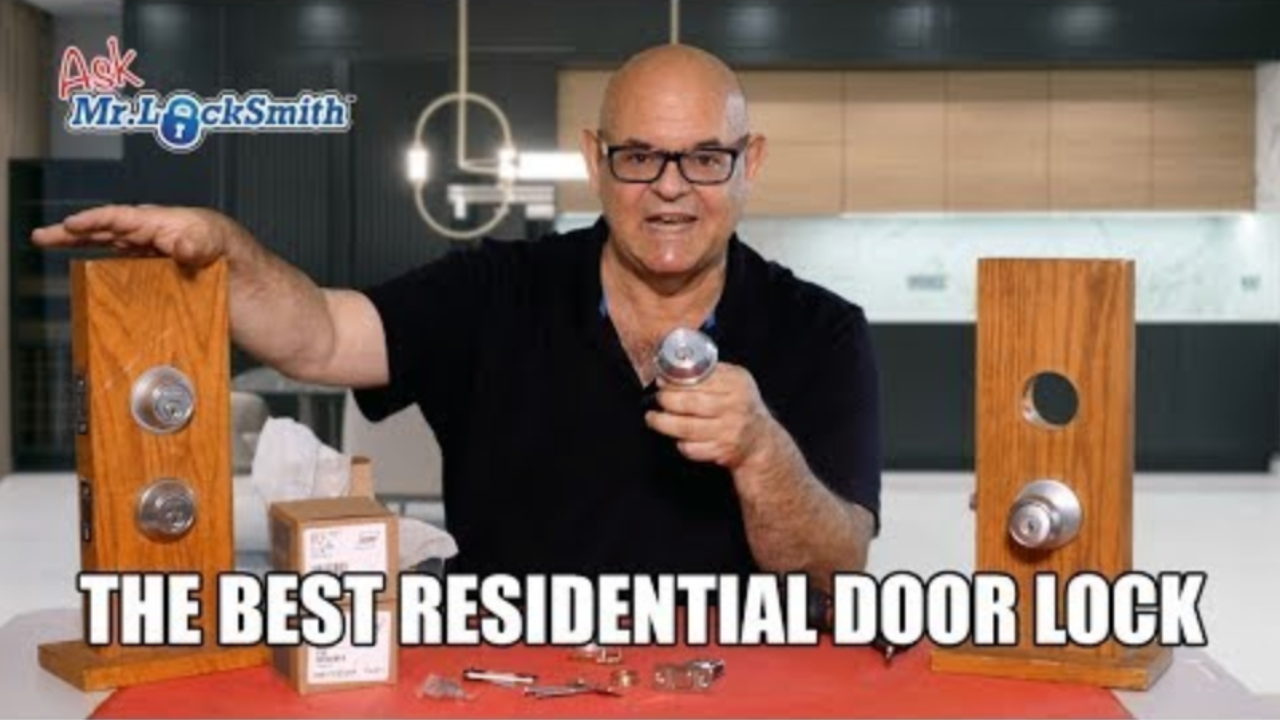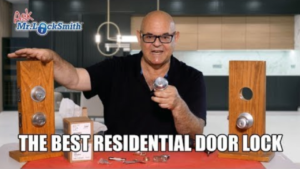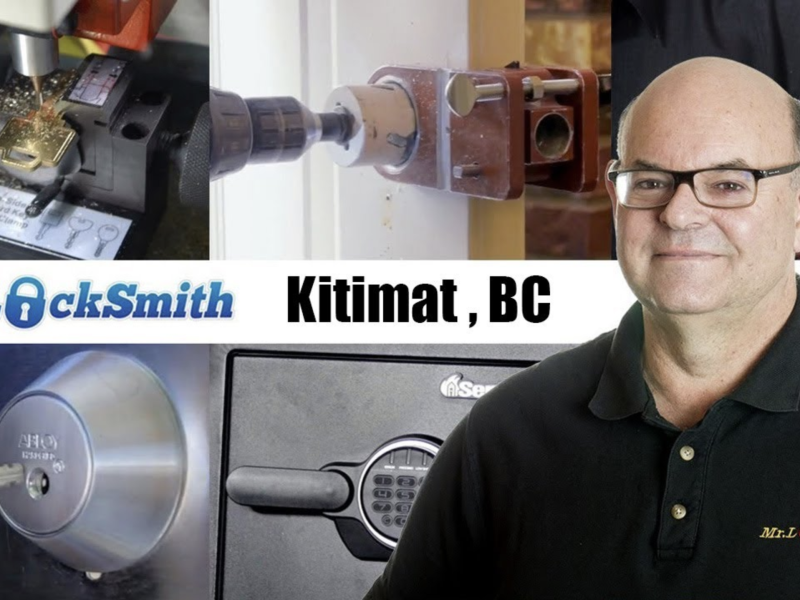Schlage B60N Deadbolt: The Schlage B60N is a fantastic deadbolt for residential use, especially if you get it with the classic keyway, either the SC1 or the C keyway. This deadbolt offers exceptional quality for its price range, making it a top choice for homeowners.
The Schlage B60N Deadbolt
One of the questions I frequently receive is, “What is the best residential deadbolt?” In my professional opinion, the Schlage B60N deadbolt is one of the best options available on the market. Let’s dive into why this deadbolt stands out.
Key Features of the Schlage B60N
1. Six-Pin Keyway:
– The Schlage B60N comes with a six-pin keyway, which is quite impressive since most residential deadbolts typically have five pins. This gives it an edge in terms of security right out of the box.
2. Adjustable Bolt:
– The bolt is adjustable to fit the most common door measurements: two and three-eighths or two and three-quarters inches from the edge of the door to the center hole. This feature addresses one of the most common issues I encounter – people buying new locks only to find that they are too short.
3. Versatile Faceplate:
– The Schlage B60N comes with a kit that allows you to change the faceplate to fit various door styles, whether it’s a drive-in, beveled edge, or a squared edge.
4. Three-Inch Screws for Extra Security**:
– The included three-inch screws for the door frame enhance security by making the frame much harder to kick in.
5. Quality Construction**:
– This lock is built to last, featuring a good quality one-inch deadbolt and a high-quality cylinder. It’s very close to commercial-grade locks in terms of durability, ensuring it won’t fall apart within five to ten years.
Installation Tips for the Schlage B60N
Installing the Schlage B60N is straightforward if you follow a few key steps:
1. Preparation:
– With the door open, extend the bolt and ensure the key is out before installing. This helps in aligning the components correctly.
2. Tailpiece Installation:
– The tailpiece, known as a lazy tailpiece, should be inserted carefully without tampering with the internal components.
3. Snug Fit:
– When tightening the screws, ensure they are snug but not overly tight to avoid distorting the structure, especially on metal doors.
4. Testing:
– Test the lock with the door open and then closed to ensure it operates smoothly. If the lock sticks when the door is closed, you might need to adjust the strike plate.




